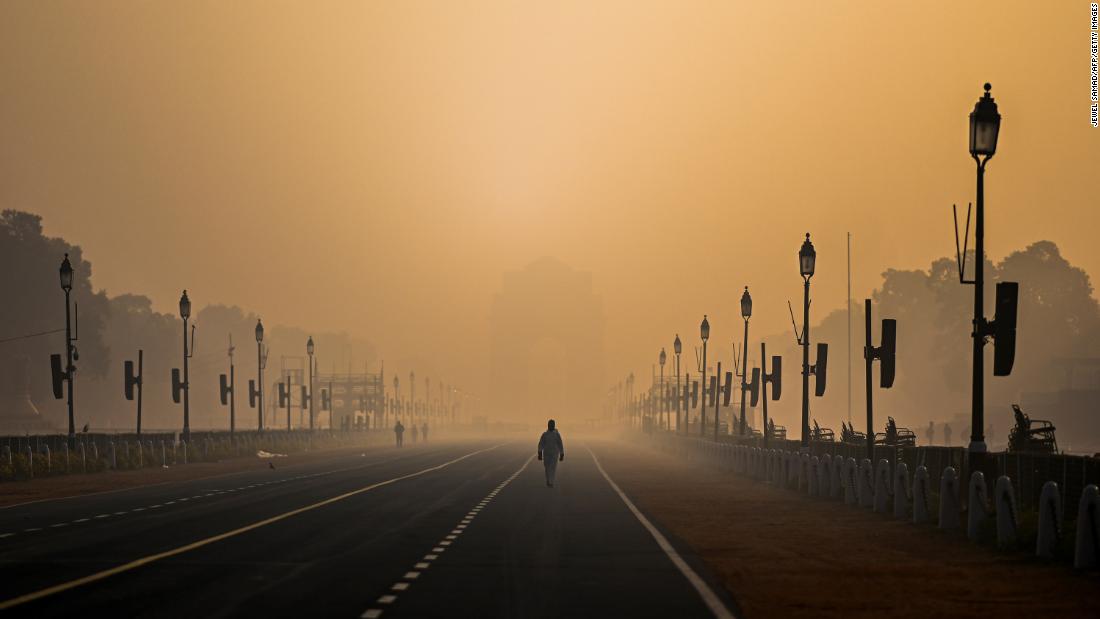
The report, released Wednesday by the U.S.-based University of Chicago Energy Policy Institute (EPIC) research group, found that all 1.3 billion residents of India face average annual pollution levels. which exceed the guidelines established by the World Health Organization.
India’s central government announced a national clean air campaign in 2019, which aimed to reduce particulate pollution by up to 30% by 2024. But in recent years, pollution has only gotten worse, especially in the western state of Maharashtra and in the central state of Madhya Pradesh, the report said.
“India’s capital, Delhi, is also heavily polluted,” the study said. “Residents in Delhi could see up to ten years added to their lives if pollution was reduced to meet WHO guidelines; up to seven years if pollution meets India’s national standards.”
According to the study, air pollution is likely to reduce the life expectancy of 40% of Indians, which is about 520 million people.
India has long struggled with its smoke problem, ranging from drowned urban centers with large amounts of pollution from vehicles and industrial waste, to more rural agricultural areas that suffer from pollution caused by crop burning. , a practice of intentionally burning cultivated fields to prepare land. for their next crop.
Several factors are behind the persistent pollution, according to the report, including mass industrialization, and skyrocketing energy demand and fossil fuel use.
In 2019, 21 of the 30 cities in the world with the worst air pollution were in India, according to IQAir AirVisual’s annual global ranking.
The most polluted city that year, Ghaziabad, recorded nine times the level of particulate pollution that the U.S. Environmental Protection Agency considers healthy.
Pollution is a regional problem that extends beyond India: across South Asia, Pakistan, India, Nepal and Bangladesh are consistently ranked among the five most polluted countries in the world. Residents are also vulnerable to reduced life expectancy.